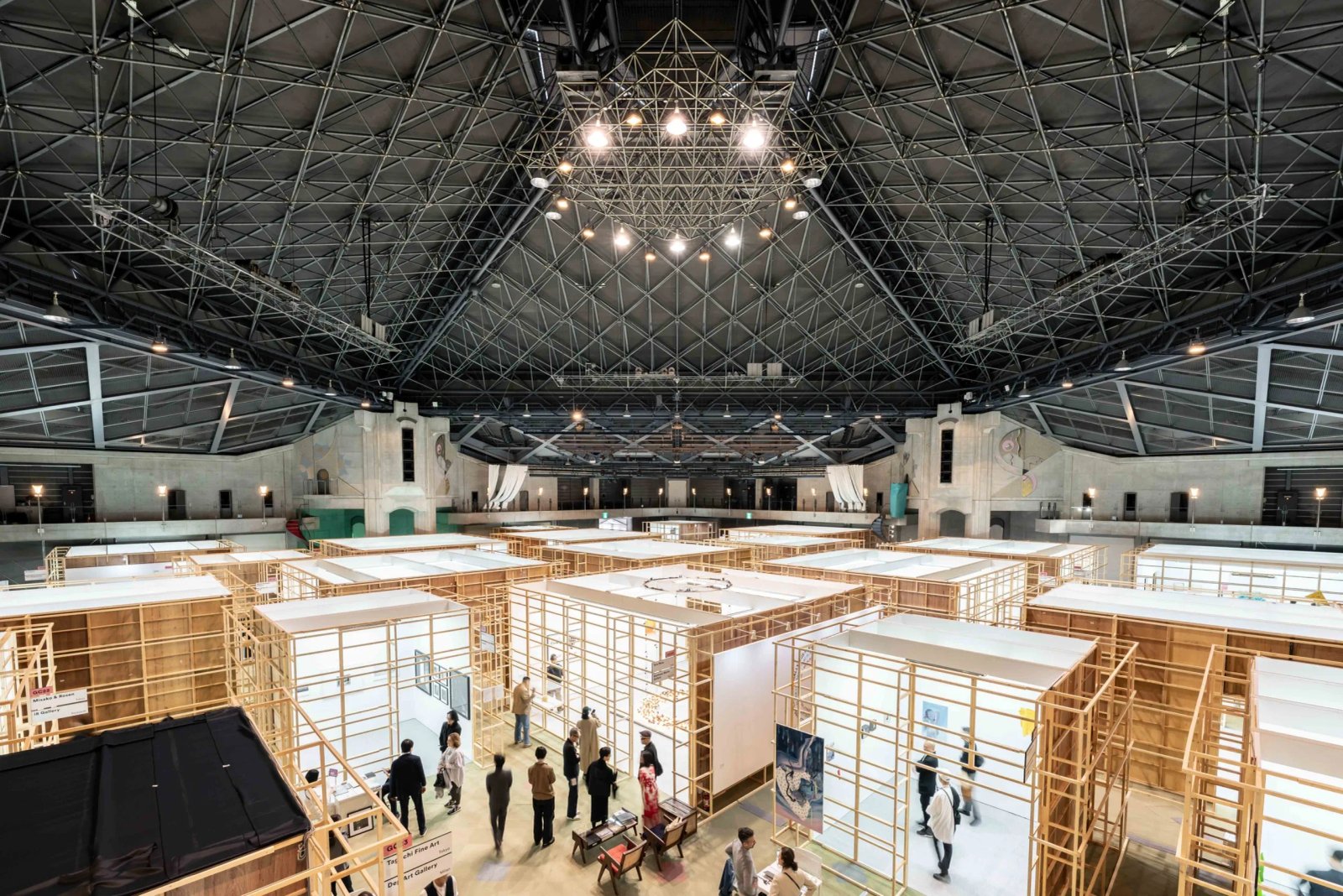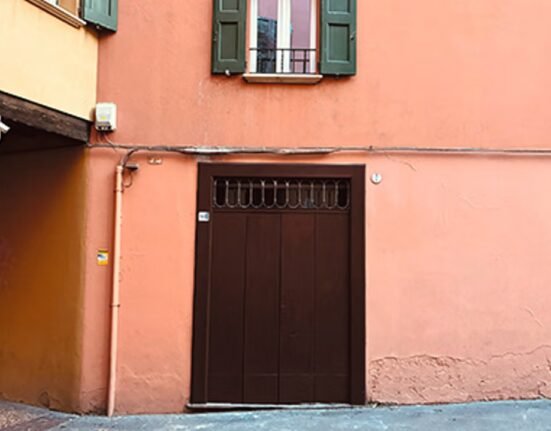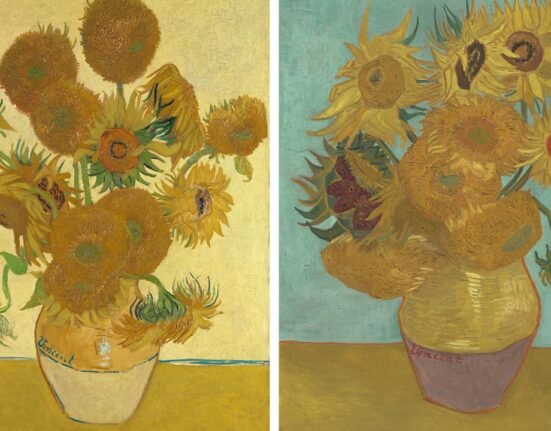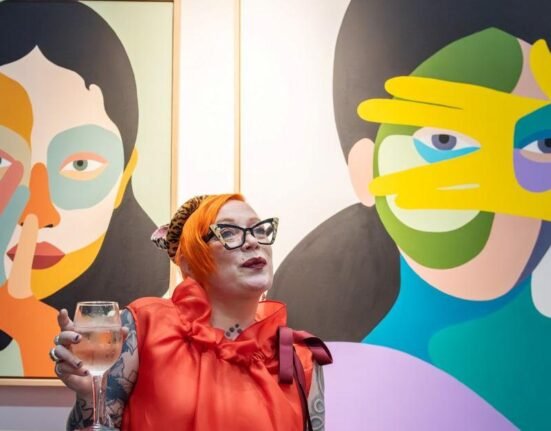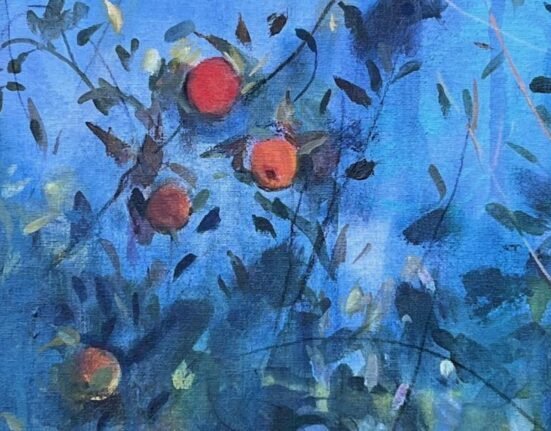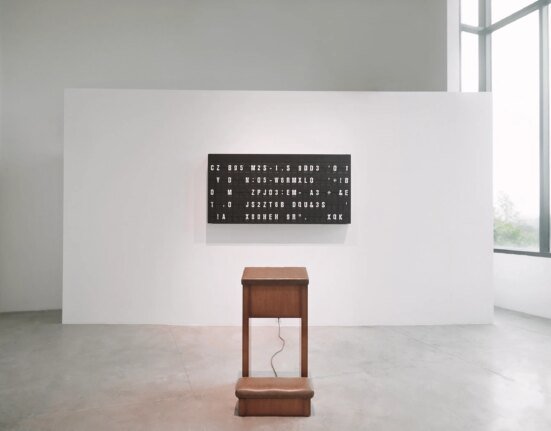
As the art world scrambles to find alternative business and fundraising models to sustain itself at its current scale and pace, Art Collaboration Kyoto (ACK) appears to have already cracked the code with a fully realized vision of what an art fair can be. The key? Collaboration—in its broadest sense. Not just between galleries, but between public and private sectors and even across industries. “It’s all about collaborative intelligence,” ACK’s director Yukako Yamashita tells Observer.
From the outset, Art Collaboration Kyoto was conceived as more than a marketplace. According to Yamashita, it was always envisioned as a culture-forward platform linking Japan’s art scene with the international circuit, but also, crucially, as a community—of local galleries, global peers and individuals eager to engage with Kyoto’s art life. Staged at the Kyoto International Conference Center (ICC Kyoto), the fair is divided into two sections: “Gallery Collaborations,” which pairs a Japan-based gallery with an international partner in a shared booth, and “Kyoto Meetings,” featuring presentations with explicit ties to Kyoto.
“One of the most important aspects is that ACK is a community,” Yamashita says, and so the fair has capped its numbers despite growing interest. The inaugural 2021 edition featured 54 galleries, this year’s will host 72 exhibitors—a relatively low ceiling she intends to maintain, aiming to keep the event intentionally intimate and manageable. “What I often discuss with international exhibitors is that while they come to sell artworks, they are also experiencing something deeper: a genuine cultural exchange.”


Unlike most international fairs, ACK was founded as a cultural project of Kyoto Prefecture—a collaboration between government and private institutions designed to amplify the Japanese art scene and, in particular, Kyoto’s art and cultural ecosystems. This public-private partnership also generated the newly launched Kyoto Art Month, a joint initiative by Kyoto Prefecture and Kyoto City featuring programs developed in collaboration with a range of art events across the city, including CURATION⇄FAIR Kyoto and Art Rhizome KYOTO.
The city may be known as Japan’s historic capital, with heritage to rival that of Rome, but Yamashita says its contemporary profile is rapidly evolving. “Kyoto has long been known as one of the most historically significant cities in the world. But recently, we’re seeing one of the biggest changes in its art scene,” she notes, pointing to new galleries like Nonaka Hill and a growing community of artists settling in the city. Kyoto’s prestigious art schools only reinforce this momentum. “Especially after the pandemic, there’s been a real fulfillment of this ecosystem. But building one takes decades and Kyoto’s strength is rooted in its long history.”
The fair is now deeply embedded in that cultural and artistic fabric linking past and present. “Having the fair in Kyoto, a city rich in culture, allows us to bring that cultural history into dialogue with contemporary art. That intersection is exactly what we’re trying to achieve,” explains Yamashita. From this vision also come some of the special exhibition highlights of this year’s art week, with international artists showing in dialogue with the city’s historical sites. Ninety-year-old Isabella Ducrot will present works inspired by Japan’s textile and print traditions at Kouseiin Temple with the support of Sadie Coles HQ. ACG Villa will host an exhibition by Nobuaki Onishi and Yasuyoshi Botan, while Gabriel Orozco will show at Oscaar Mouligne in collaboration with kurimanzutto and Bosco Sodi will exhibit at MtK Contemporary Art in collaboration with SCAI The Bathhouse.


In this rich context, it’s no surprise that ACK’s VIP program is considered one of the most compelling of any fair, offering what Yamashita calls “a true cultural experience” rather than mere privileged access. This dual commitment—to locality and globality—is at the heart of ACK’s format and its strength. “While we operate on an international level, we also always need to respect locality. The two should always go hand in hand,” reflects Yamashita. This principle defines ACK’s distinctive structure, which encourages local and international exhibitors to apply and present together in a shared booth. International galleries may apply independently, but their presentations must maintain a meaningful tie to Kyoto. Among the exhibitors in “Kyoto Meetings,” the fair features notable international names engaging deeply with Japan’s art scene—or already connected to it through their artists—such as kurimanzutto, Perrotin, Sadie Coles HQ and neugerriemschneider, among others.
These two complementary formats secure the fair’s role as a platform for connection. “What I often like to discuss with many international exhibitors is that, while we are essentially selling artworks—like we do at other fairs or during the fair weekend—we also experience something deeper: a genuine cultural exchange,” Yamashita comments, noting that building such bridges across the international art system is a long-term endeavor.
Her family has run a tea-ceremony-focused art gallery, now managed by her brother, for six generations. Having grown up in an environment defined by aesthetic dedication, it’s only natural for her not merely to appreciate art deeply, but also to take the time to look at it—and at the broader ecosystem it inhabits—with patience and long-term vision.


What seemed radical when ACK launched five years ago—shared booths and collaborative formats—has now become a global lifeline for galleries facing mounting fair costs and market volatility. For Yamashita, this model ensures that art continues to circulate internationally in a sustainable way: lowering barriers while maximizing creativity in presentation.
Most of the 30 international exhibitors participating through the shared booths with 29 Japanese galleries are younger, more agile spaces—galleries willing to experiment with new structures. Among them, Barbati Gallery (Venice) will present a booth with ANOMALY (Tokyo), while Chapter NY collaborates with KAYOKOYUKI (Tokyo) and ROH (Jakarta) partners with MUJIN-TO Production (Tokyo). From Hong Kong, THE SHOPHOUSE will share a booth with PARCEL (Tokyo) and Kiang Malingue partners with Tokyo’s leading SCAI The Bathhouse. Other notable pairings include Crèvecœur and Matthew Brown alongside Tokyo’s 18, Murata; Chris Sharp with Tomio Koyama Gallery; and Silverlens with Yoshiaki Inoue Gallery from Osaka. On the more established side, Gladstone Gallery will exhibit in collaboration with TARO NASU.
This year, ACK is also deepening its institutional collaborations, notably partnering with Bangkok Kunsthalle to launch a new fellowship program, the “Bangkok Collaborate Kyoto (BCK)” Fellowship. “The initiative grew out of our conversations with Stefano Rabolli Pansera and Marisa Chearavanont at the fair. But the idea is really to think beyond the fair itself,” Yamashita explains. “It shows how institutions and art fairs can collaborate to provide long-term support to the art ecosystem.”
While the exhibition selection is overseen by a committee of galleries, ACK also maintains an international collectors’ group who serve as ambassadors, encouraging peers and galleries alike to participate. Yamashita is acutely aware of the pressures galleries face today, having previously run her own space, THE CLUB in Ginza, from 2017 to 2022. That gallery’s connection to a corporation in books and culture sharpened her understanding of how creative corporate partnerships can expand opportunities. “It’s time for the art world to intercept funding from corporations, who can be today’s patrons,” she argues.


In Japan, as elsewhere, Yamashita observes that generational shifts within major corporations are opening new possibilities. Already, ACK works with more than 30 partner companies—not merely as sponsors but as active collaborators in developing exhibitions. “Over the past five years, we’ve managed to build a strong foundation, which now allows us to take on more ambitious projects,” she explains, pointing to a pop-up exhibition conceived with a major corporate partner that was opening that same afternoon, where she was headed after our conversation. “That’s part of our strategy—not just looking ahead to November, but thinking about how we can build closer collaborations with businesses by harnessing the power of art,” Yamashita reflects. “Even on a small scale, I see this as essential for the next ten years.”
Building on this vision, ACK is partnering for the fifth year with Mitsubishi Estate Co., Ltd., presenting special programs in collaboration with eight partner companies inside ICC Kyoto. Together, they will showcase a range of projects that highlight how industries and local enterprises can engage with art in inventive, mutually enriching ways. Among them, SGC Co., Ltd., the pure-gold craftmakers, will present Unfamiliar Memories, an installation by contemporary artist Aya Ito reflecting on the intensity of deeply emotional moments. A collaborative installation and virtual environments by Shota Yamauchi will be featured at the Pilotis of the New Hall in ICC Kyoto as part of Daimaru Matsuzakaya Department Stores Co.’s Ladder Project, which supports the next generation of artists.
An exhibition organized with JINTEC Corporation will revisit the postwar avant-garde art group Kyushu-ha (Kyushu School), which emerged in Fukuoka. Meanwhile, Takashimaya Company, Limited has partnered with artists Nanae Mitobe and Ryu Jeyoon for an exhibition and related programming coinciding with Art Weeks at Kyoto Takashimaya S.C., underscoring the dialogue between tradition and cutting-edge innovation. For the first time this year, Shueisha Manga–Art Heritage will present a multifaceted exploration of manga expression through collaborative works by Keiichi Tanaami and Fujio Akatsuka to foster appreciation of this vital strand of Japanese popular culture among new generations.
Also new this year, Aero Toyota Corporation will spotlight traditional craftsmanship rooted in the Tango Peninsula within a dedicated VIP lounge, while proposing a new model of art-centered air travel. As main media partner, Hearst will introduce a custom-designed photo booth by Harper’s BAZAAR art, celebrating the publication’s legacy as an artistic medium attuned to the sensibilities of fashion. Last but not least, Champagne Pommery returns as ACK’s official champagne partner, presenting works by the finalists of the Pommery Prize Kyoto 2025—an award supporting young Kyoto-based artists that debuted at ACK in 2023. And within this multidimensional programming lies another strength of ACK. The fair treats cross-industry collaboration as a core strategy, positioning itself as a platform to test a sustainable funding model capable of nurturing the conditions for ongoing artistic production.
At the same time, unlike the mega fairs, ACK puts international and local participants on equal footing, both in its mission and its priorities. Five years on, Yamashita says the next challenge is finding ways to engage the broader public more directly. Conceiving art as something deeply embedded in every aspect of society—and advancing collaborations that bridge industries—will be key to growing an audience able to appreciate what ACK is bringing to Japan’s art ecosystem and modeling a new way forward for fairs everywhere.
Art Collaboration Kyoto returns to the Kyoto International Conference Center from November 13 (Vip Preview) through November 16.


More in art fairs, biennials and triennials

